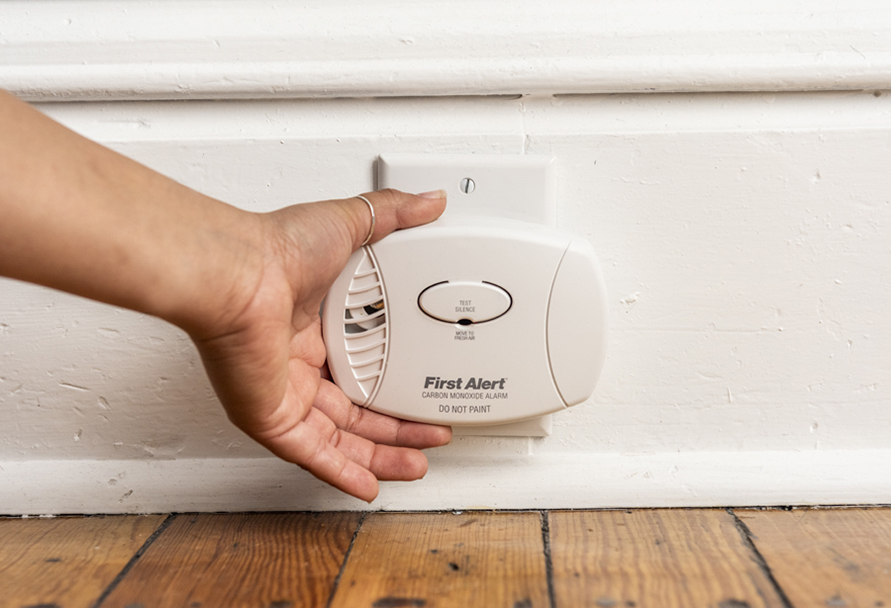Carbon monoxide safety

All fossil fuels — natural gas, propane, fuel oil, wood, gasoline — create a little carbon monoxide as they burn. However, this invisible, odorless gas can kill in minutes. Even just above acceptable levels, CO can make you seriously sick. Carbon monoxide can build up if a burner isn’t working right or an appliance isn’t properly vented. That goes for gasoline engine exhaust as well.
If you suspect a carbon monoxide problem, leave the premises and call our emergency number 800-890-5554 or 911.
Learn how to detect carbon monoxide
Carbon monoxide poisoning can lead to serious illness or even death. While you can't see, smell or taste carbon monoxide, you can detect conditions that may produce it. Watch for these warning signs:
- Soot buildup on or near a fireplace or furnace chimney.
- A pilot light that keeps going out.
- Discolored gas burners.
- Excessive humidity such as heavily frosted windows.
- Fireplaces that smoke or won't draw.
- Physical symptoms such as: a headache, nausea, coughing, ringing in the ears, smarting eyes, a ruddy complexion, light-headedness and drowsiness.
Your local fire department may conduct a carbon monoxide inspection. Some fire departments charge for this service. Follow the Consumer Product Safety Commission guide and install at least one UL-listed CO alarm. Remember, you can’t see, smell or taste carbon monoxide.
Signs/symptoms of carbon monoxide poisoning
Early signs
- Stale or stuffy air
- Excessive moisture on windows and walls
- Soot build-up around your appliance vents
- Abnormal gas flame on an appliance
Mild Exposure – slight headache, nausea, vomiting, fatigue (flu-like symptoms)
Medium Exposure – throbbing headache, drowsiness, confusion, rapid heart rate and irregular breathing
Extreme Exposure– convulsions, unconsciousness, heart and lung failure and brain damage. These symptoms may result in death.